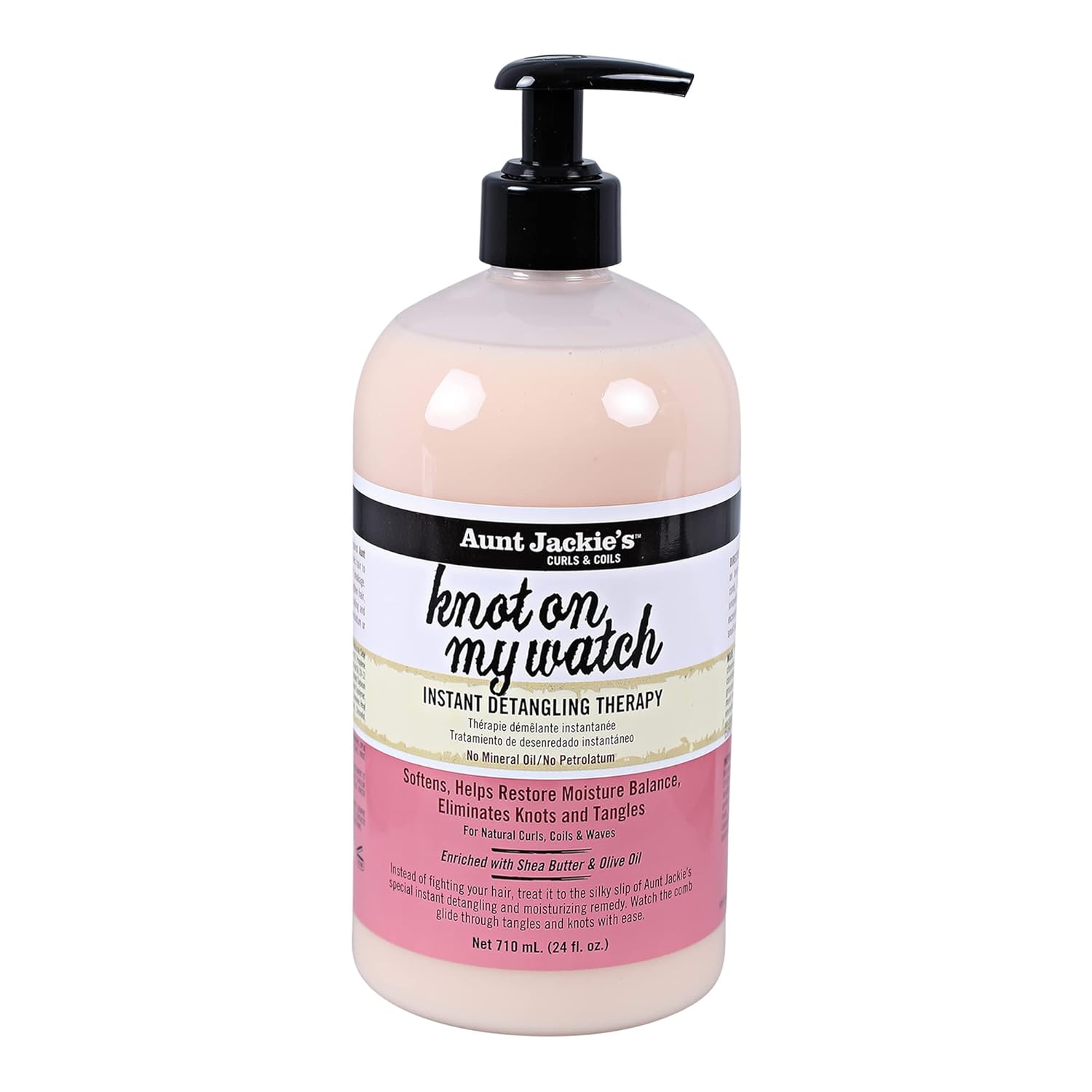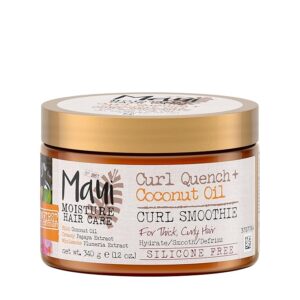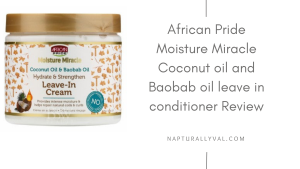Detangling 4C natural hair can feel like a workout sometimes, right? With its tight coils and sometimes shrinkage-prone nature, 4C hair tends to tangle more easily than looser curl patterns. While it might be tempting to avoid the detangling process altogether, regularly detangling your hair is essential for keeping it healthy, retaining length, and preventing breakage. But, there’s a right way to do it without causing unnecessary damage.
In this post, we’ll dive deep into the best techniques, tools, and products for detangling 4C natural hair so that it stays strong, healthy, and manageable.
Feel like your hair has been the same length forever, I’ve an Ebook that will help you grow your hair healthier, longer and thicker. Grab your copy here… Also, check out all the Ebooks,guides and journals that will go a long way in your hair care journey here.
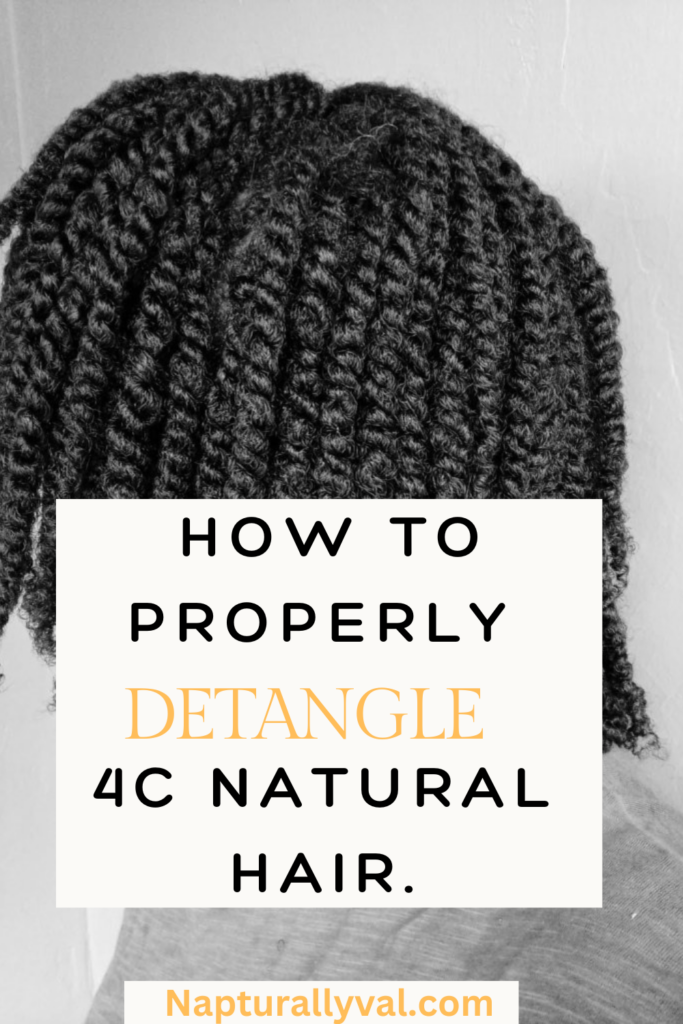
Table of Contents
How to Detangle 4C Hair Safely & Fast
Why is Detangling 4C Hair Important?
Before we get into how to detangle 4C hair, let’s talk about why it’s so important.
- Prevents Breakage: Tangles can lead to knots, and knots often lead to breakage. Detangling regularly helps prevent this damage and keeps your hair stronger.
- Helps Moisture Distribution: When your hair is detangled, it’s easier for moisture to be distributed evenly throughout your strands, ensuring that all parts of your hair are hydrated.
- Makes Styling Easier: Let’s face it, it’s easier to style your hair when it’s tangle-free. Whether you’re doing a protective style or a simple wash-and-go, detangled hair is more manageable.
- Encourages Length Retention: When detangling is done properly, it minimizes breakage, allowing you to retain the length of your hair over time.
When to Detangle 4C Hair
One of the most common questions is: How often should I detangle my 4C hair?
For 4C hair, it’s usually best to detangle during or after wash day when your hair is wet and full of conditioner. This allows the strands to slip past each other more easily, making the process much less painful and more effective.
That being said, some people with 4C hair detangle every few days or in between styles, especially when doing a new style like twists or braids. If your hair is prone to tangling or you’ve been in a protective style for a while, more frequent detangling may be needed to prevent major knots from forming.

The Best Time to Detangle 4C Hair: Wet or Dry?
One of the biggest debates in the natural hair community is whether to detangle 4C hair while it’s wet or dry. For 4C hair, it’s generally better to detangle when your hair is wet or damp because your strands are more elastic and less likely to snap.
Here’s why detangling wet hair is a win:
- Wet hair has more slip, making it easier for the detangling tools to glide through your strands.
- It’s less likely to break compared to detangling dry hair.
- You can use conditioner or detangler to add slip and protect your hair while you work through knots.
If you do prefer to detangle dry hair, it’s important to stretch your hair first to reduce the risk of breakage and to use an oil to add slip.
How to Detangle 4C Natural Hair Step by Step
Now, let’s dive into the process of detangling 4C hair. With the right steps, tools, and products, you’ll find that the process becomes much smoother.
Step 1: Section Your Hair
4C hair can be very dense, so detangling it all at once can be overwhelming. Divide your hair into sections—anywhere from 4 to 8 sections depending on your hair’s thickness. Use clips or hair ties to keep the sections separate.
Working in sections will make the detangling process much more manageable and ensure that you’re thorough.
Step 2: Start with a Pre-Poo
Pre-pooing is a must for 4C hair before the detangling process. A pre-poo treatment helps soften the hair and makes detangling easier. You can use oils like coconut oil, olive oil, or a pre-poo treatment designed specifically for natural hair. This step adds moisture and creates slip, which is essential for preventing breakage.
- How to pre-poo: Apply a generous amount of your oil or pre-poo treatment to dry or damp hair. Focus on your ends, which are usually the most fragile. Let the treatment sit for 20-30 minutes before rinsing it out.
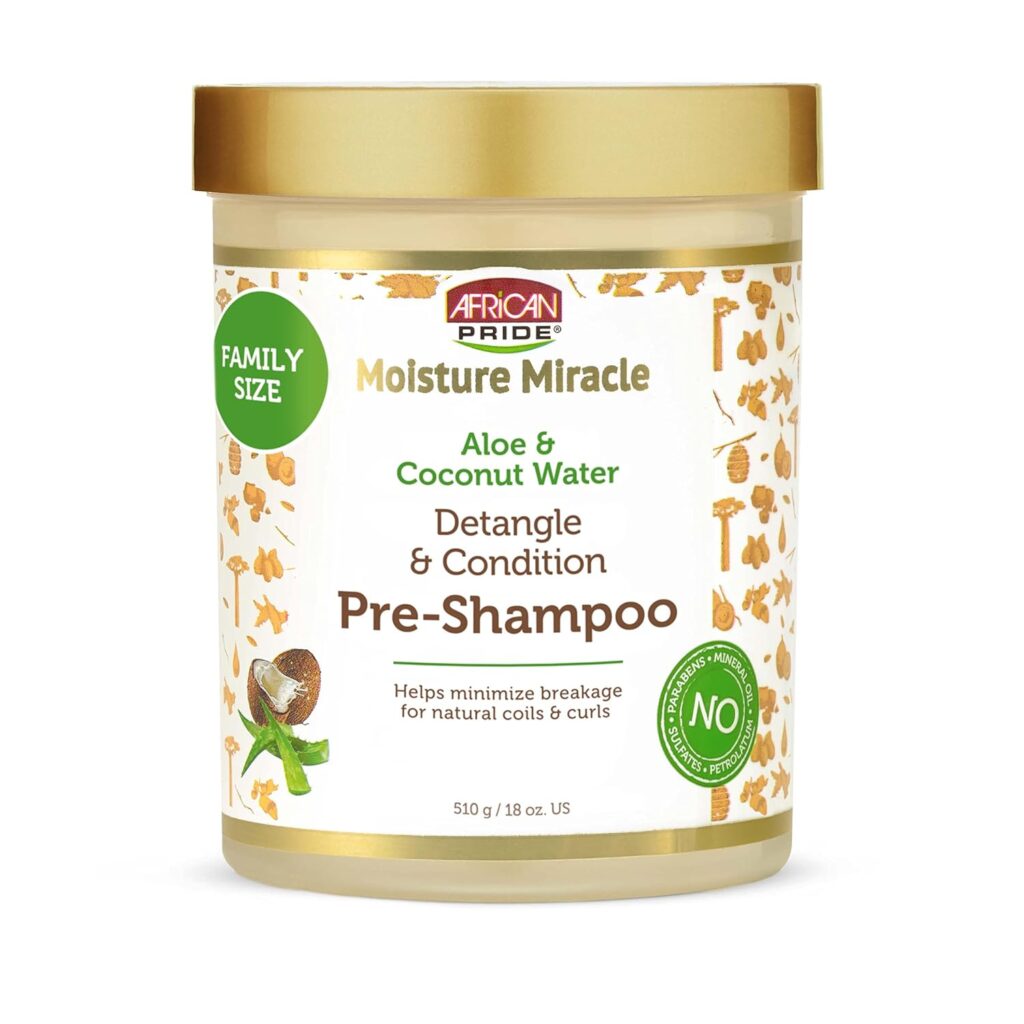
Step 3: Use the Right Tools
The tools you use for detangling can make a big difference in how smoothly the process goes. Some of the best tools for detangling 4C hair include:
- Wide-tooth comb: This is a must-have for any natural. A wide-tooth comb can gently detangle without pulling too much on the hair.
- Fingers: Finger detangling is one of the gentlest ways to detangle your hair. You can feel knots and tangles as you go, and carefully work through them.
- Detangling brush: If you prefer to use a brush, look for one that is specifically designed for detangling natural hair, like the Felicia Leatherwood Detangling Brush or Denman Brush.

Step 4: Apply a Detangling Product or Conditioner
After sectioning your hair, apply a detangling product, leave-in conditioner, or regular conditioner with a lot of slip. The slip will help the comb or brush glide through your hair more easily, reducing breakage and making the process less painful.
Here are some recommended products for detangling 4C hair:
- Kinky-Curly Knot Today – Known for its exceptional slip and ability to melt away tangles.
- TGIN Green Tea Super Moist Leave-in Conditioner – A moisturizing leave-in conditioner that also aids in detangling.
- Aunt Jackie’s Knot On My Watch – A budget-friendly detangler with great slip for tackling tough knots.
Once the product is applied, let it sit for a few minutes to soften the hair.
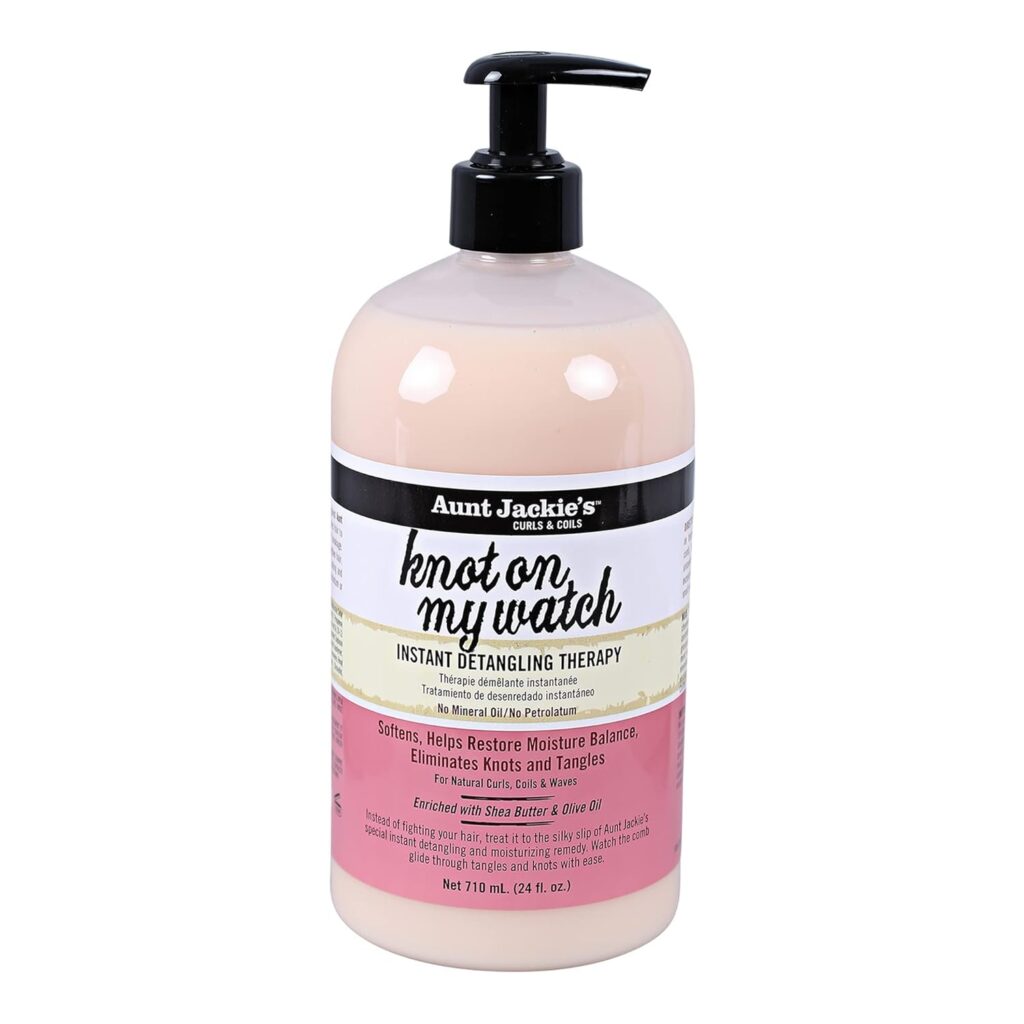
Step 5: Start Detangling (Tips for Each Tool)
Finger Detangling:
- Start from the ends of your hair and work your way up to the roots.
- Gently pull apart any knots you feel instead of pulling through them.
- If the knot is tough, add a little more conditioner or detangler for extra slip.
Wide-Tooth Comb:
- Begin at the ends and work your way up to the roots, being as gentle as possible.
- If you encounter a knot, take your time working through it. Don’t force the comb through your hair.
Detangling Brush:
- Similar to the comb, start at the ends and gently brush up towards the roots.
- Use slow, steady strokes, and if the brush gets stuck, add more conditioner or detangler to help it glide through.
Step 6: Rinse, Cleanse and Deep Condition
Once your hair is fully detangled, rinse it out with lukewarm water. After detangling and cleansing, your hair will be in the perfect state to absorb moisture, so follow up with a deep conditioner.
Apply a deep conditioner, focusing on the ends, and leave it in for at least 20-30 minutes. If you can, use heat by wearing a heated cap or sitting under a hooded dryer to allow the conditioner to penetrate your hair strands more effectively.
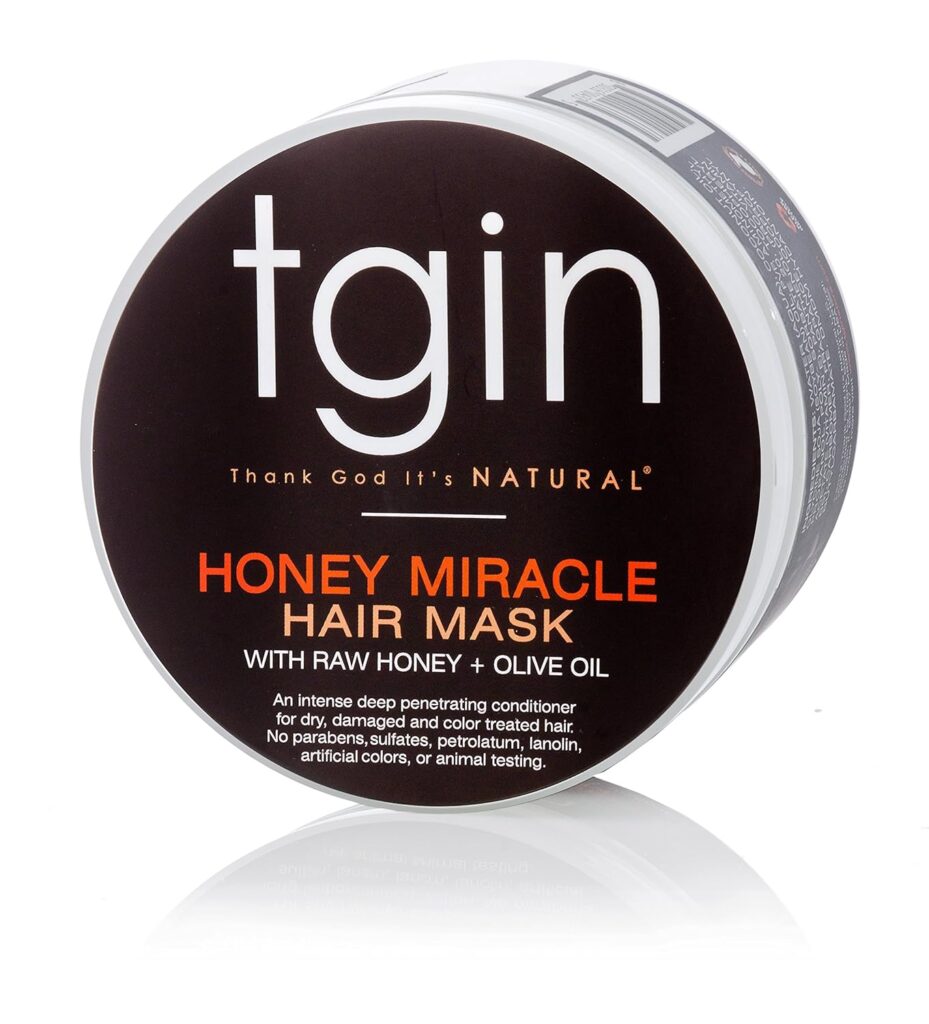
Step 7: Seal in Moisture
After rinsing out the deep conditioner, apply a leave-in conditioner to keep your hair moisturized. Follow up with an oil or butter (like shea butter) to seal in that moisture and prevent dryness. This step is especially important if you plan to keep your hair in a protective style after detangling.
Tips to Make Detangling Easier
- Detangle regularly: Don’t wait too long between detangling sessions. The longer you wait, the more knots and tangles will form, making the process more difficult and painful.
- Avoid detangling dry hair: Unless you’re stretching your hair, detangling dry 4C hair can lead to breakage. Always detangle when your hair is wet or damp and has plenty of product.
- Be patient: Detangling 4C hair takes time, but rushing through the process can cause breakage and split ends. Set aside time to detangle and be gentle with your hair.
- Use protective styles: If you want to reduce the need for frequent detangling, try protective styles like twists, braids, or updos that keep your hair stretched and tangle-free.
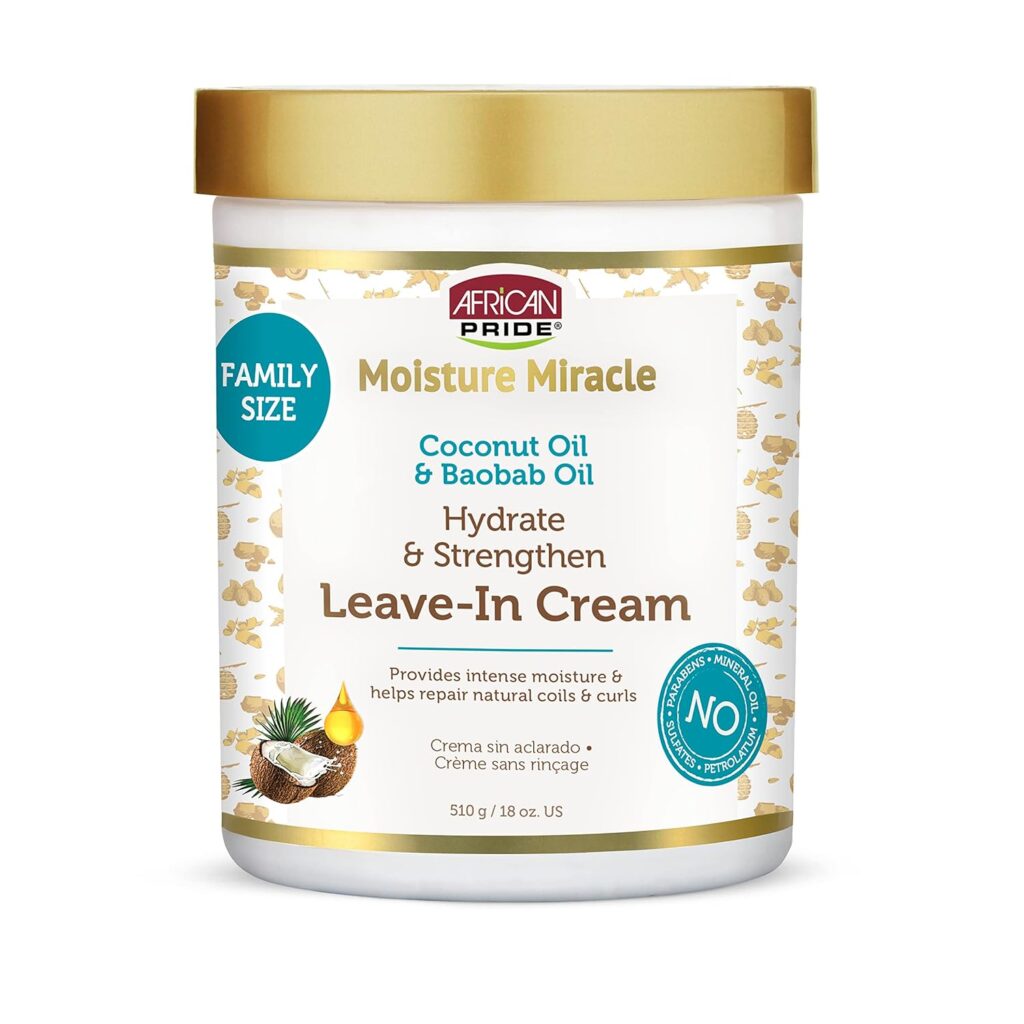
Detangling 4C natural hair doesn’t have to be a nightmare. With the right products, tools, and techniques, you can make the process smooth and pain-free. Remember to be gentle, work in sections, and always detangle on wet or damp hair with plenty of slip to minimize breakage. With regular care and the right routine, detangling your 4C hair will become just another part of your self-care ritual, leaving your hair healthy, strong, and ready for styling.

